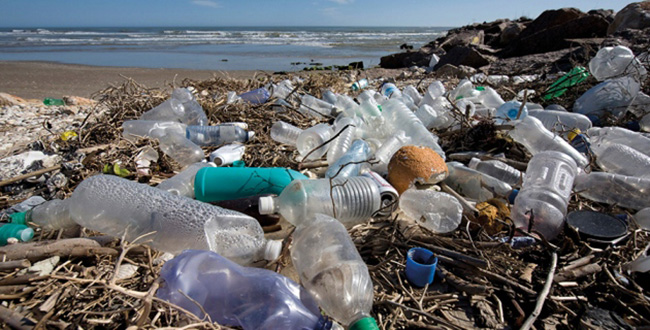
Refuse, Reduce, Reuse, and Recycle: We have been cutting forests to wipe our bottoms for too long. Buy recycled paper only
By Gayle Neilson
Now that China is no longer accepting a lot of Canada’s recycling, it is time to take responsibility for our own waste. And why should we ship our used materials oversees?
Let’s renovate the idea of the three “Rs” — Reduce, Reuse, Recycle — to four “Rs”, with “Refuse”as the first one.
If we stop buying food and other products in fancy plastic packaging, grocery producers will stop using or at least reduce their wasteful ways with plastic. People don’t realize the power in their pockets; consumers drive the market.
Every purchase we make says something about our values. It’s easy to reuse plastic bags for produce (or bread, or cereal), so why not consider buying tomatoes, peppers and other produce in bulk?
Equally important is buying products made from recycled materials – otherwise what’s the point of carefully carting everything off to be recycled?
Buying only recycled paper, paper towels and toilet paper is a strong way to encourage the recycling industry. We’ve been cutting forests to wipe our bottoms for too long. Canada still has natural resources but why waste them unnecessarily?
Incinerating our resources to produce energy is extremely wasteful, especially when there are better energy alternatives. Zero Waste Canada states that “the energy embodied in a product or material which is retained through reuse and recycling, is exponentially higher than the energy that may be extracted from that material through thermal treatments such as incineration. In an increasingly resource-scarce global framework. . . burning our resources simply does not represent an economically, ecologically nor socially responsible course of action.”
Canada could become a leader in producing recycled products.
As for waste plastic (much of which currently ends up in the ocean), it can be recycled to make a host of products – picnic tables, railway ties, and house construction materials like flooring, siding or fencing.
It is economically viable for us in B.C. to become recycling innovators and save our natural heritage for the incredible beauty that tourists come for and we live here for.
Let’s embrace the four “Rs” in the proper order: Refuse, Reduce, Reuse, and Recycle and only use ‘virgin’ products when necessary.
Here on the Sunshine Coast, we can be part of the solution and refuse to be part of the problem.
With a new year comes interest in making changes. Choose a way that you can cut down on your waste footprint and commit to doing it for the rest of the year. If you contact me, I’ll print some of your ideas in my next column.
For those who want to dig deeper into this issue or make a greater commitment, go to the Zero Waste website.
Gayle Neilson, a retired teacher, has lived on the Sunshine Coast for 35 years. She has served on many local boards in the community, most recently the Sunshine Coast Conservation Association. Currently she is on the board of the Sunshine Coast Community Solar Association. She can be reached at glneilson8@gmail.com